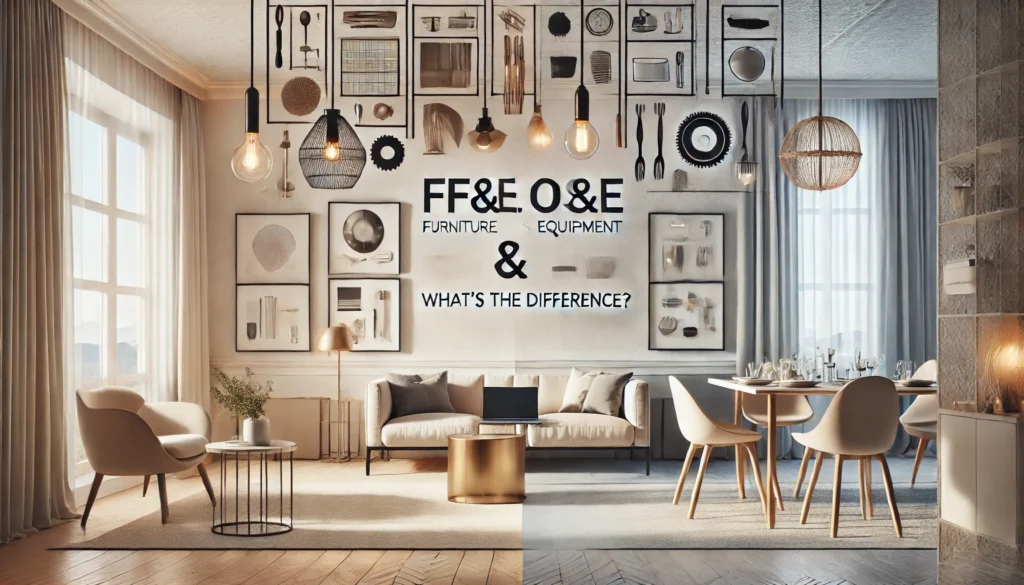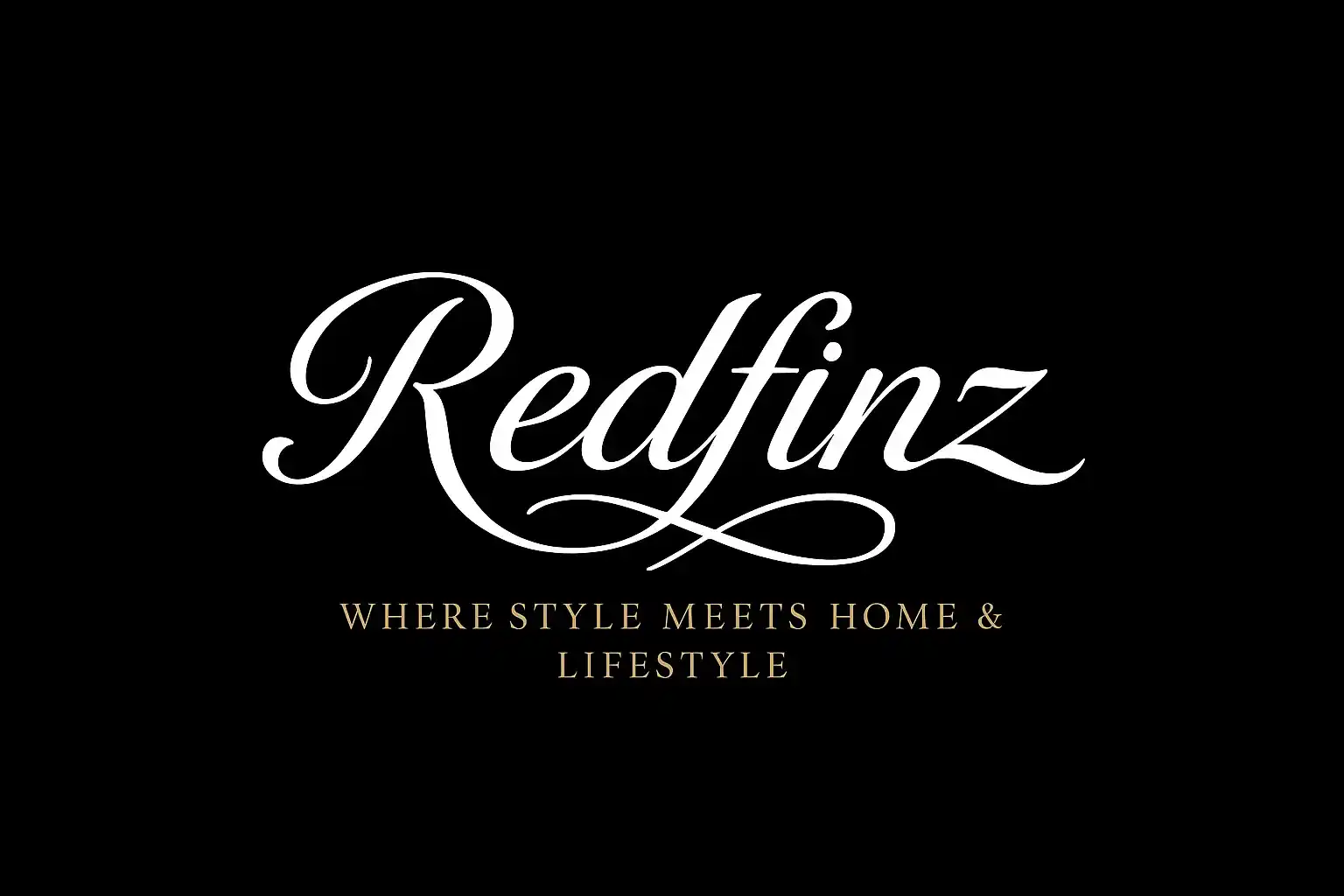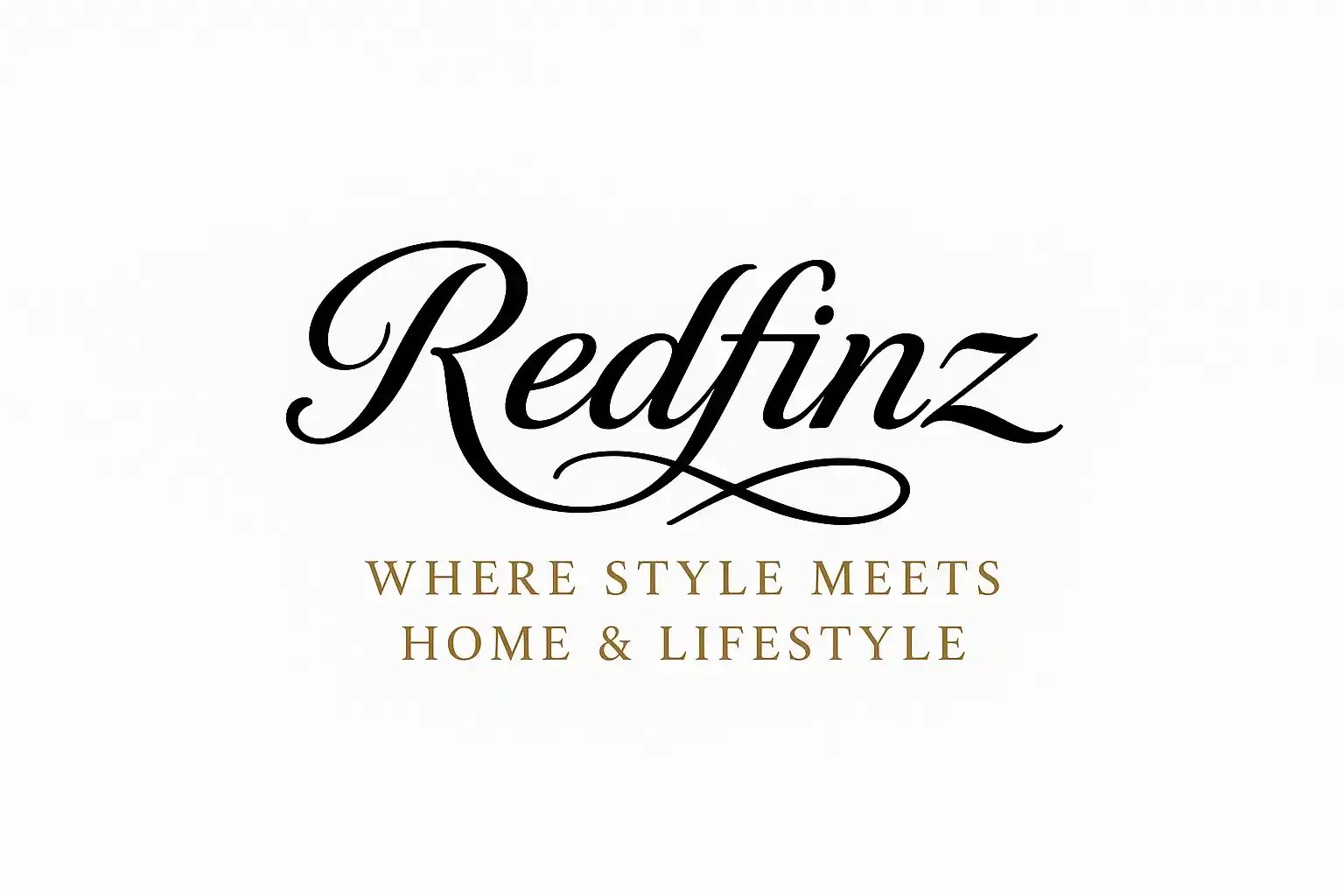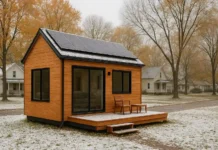What FF&E Meaning? Furniture, Fixtures, and Equipment Guide
FF&E, which stands for Furniture, Fixtures, and Equipment, is widely used in construction, interior design, and project management. It refers to the movable or semi-movable items that make a space functional and visually appealing. Whether it’s the cozy chairs in a hotel lobby, the sleek lighting in an office, or the medical equipment in a hospital, FF&E plays a crucial role in shaping the user experience.
This guide will explain what FF&E means, why it’s essential, and how it’s used across different industries. From procurement to installation, you’ll learn everything you need about FF&E in simple, easy-to-understand terms. For more ideas on how fixtures can transform interior spaces, check out this Fixtures in Interior Design Plans guide. Let’s dive in!
What is FF&E?
FF&E, or Furniture, Fixtures, and Equipment, refers to the movable or semi-movable items that furnish a space. These items are not permanently attached to the building’s structure, making them easy to replace or upgrade. Let’s break down each component of FF&E to understand it better.
Furniture
Furniture includes chairs, tables, sofas, beds, and desks. These pieces are essential for creating functional and comfortable spaces. For example, lobby chairs and guest room beds are FF&E in a hotel.
Fixtures
Fixtures are items attached to the building but can be removed without causing damage. Examples include lighting fixtures, plumbing fixtures, and built-in cabinets. In an office, lighting fixtures and bathroom sinks are part of FF&E.
Equipment
Equipment refers to movable machinery or tools used in a space. This can range from kitchen appliances in a restaurant to medical equipment in a hospital. For instance, a hotel’s kitchen equipment or a hospital’s MRI machines are considered FF&E.
FF&E is a critical part of any interior design or construction project. It ensures that a space is not only functional but also visually appealing. Whether it’s a cozy café or a modern office, FF&E plays a key role in defining the look and feel of the environment.
Importance of FF&E in Interior Design

FF&E is vital in interior design, transforming empty spaces into functional and visually appealing environments. Whether it’s a hotel, office, or healthcare facility, the right FF&E can make all the difference. Here’s why FF&E is so essential:
Enhances Functionality
FF&E ensures that a space meets its intended purpose. For example, ergonomic chairs and desks in an office improve productivity, while comfortable beds and sofas in a hotel enhance guest comfort. Without the right FF&E, a space may look good but fail to serve its users effectively.
Creates Aesthetic Appeal
FF&E adds personality and style to a space. These elements, from modern lighting fixtures to elegant furniture, help designers create a cohesive look. For instance, a luxury hotel might use high-end FF&E to create a sophisticated atmosphere.
Supports Brand Identity
FF&E can reflect a brand’s identity in commercial spaces. A trendy café might use quirky furniture and fixtures to attract young customers, while a corporate office might opt for sleek, professional designs. FF&E helps businesses communicate their values through design.
Improves User Experience
FF&E directly impacts how people experience a space. Comfortable furniture, well-placed lighting, and functional equipment make users feel at ease. For example, the right FF&E can make patients feel more relaxed and cared for in healthcare facilities.
In short, FF&E is the backbone of any successful interior design project. It bridges the gap between aesthetics and functionality, ensuring that spaces are beautiful and practical.
FF&E vs. OS&E: What’s the Difference?

FF&E and OS&E are two terms often used in construction and interior design. While they sound similar, they refer to different things. Let’s break down the differences between Furniture, Fixtures, and Equipment (FF&E) and Operating Supplies and Equipment (OS&E).
What is FF&E?
As discussed, FF&E includes movable or semi-movable items like furniture, lighting fixtures, and equipment. These items are not permanently attached to the building and can be replaced or upgraded easily. Examples include office chairs, hotel beds, and medical equipment.
What is OS&E?
OS&E, or Operating Supplies and Equipment, refers to items used for a business’s day-to-day operations. These are typically smaller, consumable items that need frequent replacement. Examples include cleaning supplies, stationery, and kitchen utensils.
Key Differences
- FF&E: Larger, durable items not permanently attached (e.g., furniture, fixtures, machinery).
- OS&E: Smaller, consumable items used for daily operations (e.g., paper, cleaning products).
- Budgeting: FF&E is usually a capital expense, while OS&E is an operational expense.
Understanding the difference between FF&E and OS&E is crucial for effective project planning and budgeting. While FF&E focuses on long-term investments, OS&E deals with short-term operational needs.
FF&E Procurement Process
The FF&E procurement process is critical in any construction or interior design project. It involves planning, sourcing, and purchasing the right furniture, fixtures, and equipment to meet the project’s needs. Here’s a step-by-step breakdown of how FF&E procurement works:
Step 1: Planning and Budgeting
The first step is to define the project’s requirements and set a budget. This includes identifying the types of furniture, fixtures, and equipment needed, as well as their quantities and quality standards. For example, a hotel project might require durable furniture for guest rooms and stylish lighting for common areas.
Step 2: Sourcing and Vendor Selection
Next, the project team identifies suppliers or vendors who can provide the required FF&E items. This involves comparing prices, quality, and delivery timelines. Many projects work with specialized FF&E procurement companies to streamline this process.
Step 3: Customization and Design
In some cases, FF&E items may need to be customized to fit the project’s design theme. This could involve selecting specific fabrics, finishes, or dimensions. For instance, a luxury resort might opt for custom-made furniture to create a unique look.
Step 4: Logistics and Installation
Once the FF&E items are ready, they must be transported to the project site and installed. This step requires careful coordination to ensure timely delivery and proper installation. Many FF&E procurement services include logistics and installation support.
Step 5: Quality Control and Handover
The final step is to inspect the FF&E items for quality and functionality. Any issues are addressed before the project is handed over to the client. This ensures the space is ready for use and meets all design and operational requirements.
Following a structured procurement process, project teams can ensure that the right FF&E items are selected, delivered, and installed on time and within budget.
Examples of FF&E in Different Industries
FF&E is used across various industries to create functional and visually appealing spaces. Here are some examples of how FF&E is applied in different sectors:
Hospitality Industry
FF&E in hotels and resorts includes items like guest room furniture, lobby seating, restaurant tables, and kitchen equipment. For example, a luxury hotel might use high-end sofas, chandeliers, and custom-made beds to create a premium guest experience.
Healthcare Industry
Hospitals and clinics rely on FF&E to provide comfort and functionality. This includes patient beds, medical equipment, waiting room chairs, and lighting fixtures. The right FF&E can improve patient comfort and streamline healthcare operations.
Office Spaces
FF&E in corporate offices includes ergonomic chairs, desks, conference tables, and lighting fixtures. Modern offices often use stylish furniture and energy-efficient lighting to create a productive and inviting work environment.
Retail Industry
Retail stores use FF&E to enhance the shopping experience. This includes display shelves, checkout counters, fitting room furniture, and lighting. For example, a boutique might use elegant fixtures and comfortable seating to attract customers.
Educational Institutions
Schools and universities use FF&E to create functional learning spaces. This includes classroom furniture, library shelves, lab equipment, and cafeteria tables. Durable and ergonomic FF&E is essential for supporting students and staff.
These examples show how FF&E plays a crucial role in shaping the functionality and aesthetics of spaces across various industries.
FF&E in Construction Projects

FF&E is a key component of construction projects, especially in commercial and residential developments. It ensures that a building is structurally sound, fully equipped, and ready for use. Here’s how FF&E fits into the construction process:
Planning and Design Phase
During the planning phase, architects and designers work together to select FF&E items that align with the project’s goals. This includes choosing furniture, fixtures, and equipment that match the building’s design theme and functional requirements. For example, a modern office building might feature sleek furniture and energy-efficient lighting.
Budgeting and Scheduling
FF&E is a significant part of the project budget. Construction teams create detailed FF&E schedules to ensure that items are ordered, delivered, and installed on time. Proper planning helps avoid delays and cost overruns.
Installation and Handover
Once the construction is complete, FF&E items are installed to make the space functional. This includes setting up furniture, installing lighting fixtures, and placing equipment. The final step is a thorough inspection to ensure everything is in place and working correctly.
Role in Site Plans
FF&E is often included in site plans to show where each item will be placed. This helps contractors and designers visualize the final layout and adjust as needed. For example, a hospital site plan might show the location of patient beds, medical equipment, and waiting area furniture.
By integrating FF&E into the construction process, project teams can create functional and aesthetically pleasing spaces.
Tips for Managing FF&E Projects
Managing FF&E projects can be challenging, but with the right strategies, you can ensure a smooth process from start to finish. Here are some practical tips to help you succeed:
Start Early
Begin planning for FF&E as early as possible. This includes identifying requirements, setting a budget, and creating a timeline. Early planning helps avoid last-minute delays and ensures that all items are delivered on time.
Work with Experienced Suppliers
Choose reliable FF&E suppliers with experience in your industry. Whether you need furniture for a hotel or equipment for a hospital, working with trusted vendors ensures high-quality products and timely delivery.
Prioritize Quality Over Cost
While staying within budget is essential, don’t compromise on quality. Durable and well-designed FF&E items may cost more upfront but will save money in the long run by reducing maintenance and replacement costs.
Use FF&E Procurement Software
Consider using specialized software to manage FF&E procurement. These tools can help you track orders, manage budgets, and coordinate logistics more efficiently.
Communicate Clearly with Stakeholders
Effective communication is key to managing FF&E projects. Keep all stakeholders, including designers, contractors, and clients, informed about progress and any changes to the plan.
Plan for Contingencies
Unexpected issues can arise during FF&E projects, such as delivery delays or damage during transportation. Always have a contingency plan and budget to handle such situations.
Following these tips can streamline the FF&E process and ensure your project is completed on time, within budget, and to the highest standards.
Frequently Asked Questions
Here are answers to some of the most common questions about FF&E:
What is the difference between FF&E and OS&E?
FF&E (Furniture, Fixtures, and Equipment) includes movable or semi-movable items like furniture, lighting, and machinery. On the other hand, OS&E (Operating Supplies and Equipment) refers to smaller, consumable items used for daily operations, such as cleaning supplies, stationery, or kitchen utensils.
What is an example of an FF&E package?
A FF&E package typically includes all the furniture, fixtures, and equipment needed for a specific project. For example, a hotel FF&E package might include guest room furniture (beds, chairs, tables), lobby seating, restaurant tables, kitchen equipment, and lighting fixtures.
What does FFE stand for?
FFE stands for Furniture, Fixtures, and Equipment. It’s another way of referring to FF&E; both terms mean the same thing.
What FF&E and capex difference?
Capex (Capital Expenditure) refers to funds to acquire or upgrade physical assets like buildings or machinery. FF&E, on the other hand, FF&E is a subset of capex that specifically covers movable or semi-movable items like furniture, fixtures, and equipment. While all FF&E falls under capex, not all capex is FF&E.
Conclusion
FF&E, or Furniture, Fixtures, and Equipment, is crucial in construction, interior design, and project management. From creating functional spaces to enhancing aesthetic appeal, FF&E plays a vital role in shaping how we experience buildings and interiors.
Whether it’s the cozy furniture in a hotel, the ergonomic chairs in an office, or the specialized equipment in a hospital, FF&E ensures that spaces are practical and visually appealing. By understanding the FF&E procurement process, its importance in different industries, and how it differs from OS&E and capex, you can make informed decisions for your projects.
If you’re planning a construction or interior design project, don’t overlook the importance of FF&E. With careful planning and the right strategies, you can create beautiful, fully functional spaces tailored to your needs. Explore this collection of Creative Staircase Design Ideas for more creative design ideas. Additionally, check out House Beautiful for more inspiration on interior design and FF&E ideas.





